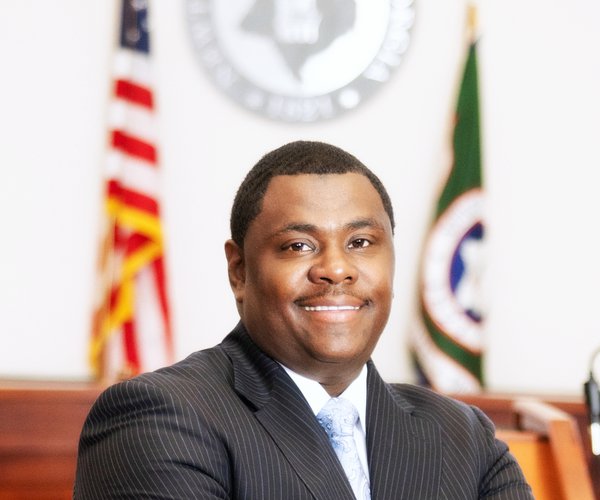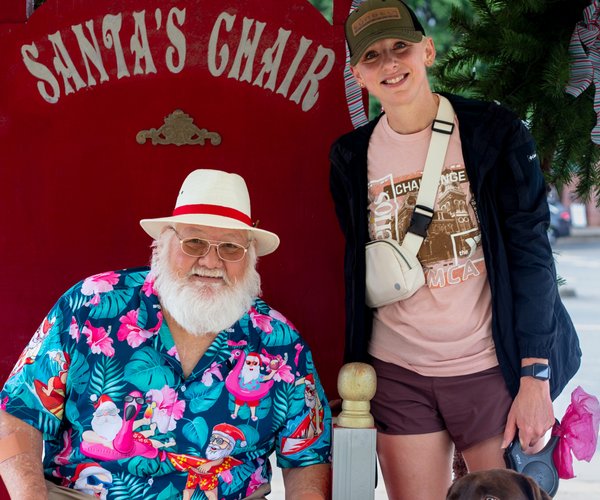Many years ago, in a galaxy far, far away, a metropolis called Hollywood hunkered down to stand up and man-up for its native land. Instead of marketing political correctness, Hollywood’s residents put their lives on the line for grassroots notions called individualism, capitalism and freedom. A port called Pearl Harbor transformed the make-believers into freedom-fighters.
"Things a man has to have are hope and confidence in himself against odds, and sometimes he needs somebody, his pal, or his mother or his wife or God, to give him that confidence. He’s got to have some inner standards worth fighting for, or there won’t be any way to bring him into conflict. And he must be ready to choose death before dishonor without making too much song and dance about it."
— Clark Gable
Gable’s "Gone with the Wind" character, Rhett Butler, ran contraband through Yankee blockades that were choking the Southern cause. Only near the end of the Civil War did Captain Butler realize the lost cause was still worth fighting for.
But in World War II, Gable immediately manned-up and joined the Army in January 1942. Sent to England, he flew with the 8th Air Force. His missions were not "milk runs" as many claimed, easy missions posing no threat to the famous actor.
He was serving on one B-17 named "Ain’t It Gruesome" when a German 20mm shell pierced the bomber and ripped off the heel of Gable’s boot. Trained as a gunner, Gable manned different .50-caliber gun positions. Aboard another B-17, "The Duchess," Gable fired at a German fighter that was so close he could describe the pilot’s facial features.
He stated, "I missed him; however, I didn’t hit a damned thing." Gable obtained the rank of major.
James Arness of "Gunsmoke" fame was severely wounded on Anzio Beach in Italy. The injury left Arness with a lifelong limp, unlike the fake limp of his sidekick on "Gunsmoke,’’ Deputy Chester Good.
The legendary entertainer Sammy Davis Jr. joined the Army in 1942 to face racial hatred in a segregated military. Forced to defend his honor and manhood in fistfights with men twice his size, Davis earned respect and acceptance, especially after his transfer to Special Services. Davis’ talents boosted morale throughout the country.
Comedian and variety show host George Goble enlisted in 1943. As a pilot and instructor in B-26 Marauders, Goble spent the entire war in Oklahoma. Of that, he said, "Not one Japanese plane got past Tulsa.""
Charlton Heston, a.k.a "Ben Hur," flew on B-25 Mitchells as a radioman and gunner. Sent to the Aleutian Islands with the 77th Bombardment Squadron, Heston flew on combat missions in the North Atlantic.
Gene Autry was known as the Singing Cowboy. His platinum records include "Here Comes Santa Claus," "Peter Cottontail," and "Rudolph the Red-Nosed Reindeer." Autry earned his pilot’s wings on June 21, 1944. Among the aircraft he flew during the war were the AT-6, 7, and 11s; C-47s; B-25s; B-24s; and several more. Of one mission across the treacherous 29,000-foot Himalayas (the Hump), he said, "One mission over those mountains was enough for me!"
"It’s a Wonderful Life" superstar Jimmy Stewart first tasted combat on Jan. 7, 1944, over the German port of Kiel. As the commanding officer of the 703rd, his B-24 Liberator took a direct hit from anti-aircraft fire in the port wing. Stewart continued the mission under heavy anti-aircraft fire and menacing German fighters. On every mission Stewart carried the note his father had given him: the 91st Psalm: "I will say of the Lord, He is my refuge and shield ….His truth shall be thy shield and buckler."
Promoted to major, Stewart accepted responsibility for 50 bombers of the 453rd Bomb Group. In all, Stewart completed 20 combat missions, including targets over Berlin, Braunschweig and Bremen. The award-winning actor retired from the Air Force Reserves on May 31, 1989, as a brigadier general.
Celebrated actor Henry Fonda, over the objections of his wife, Frances Seymour, joined the Navy on Aug. 24, 1942, at the age of 37. He served on the destroyer USS Satterlee as quartermaster third class and later attended officer’s training before rejoining the Satterlee.
Later in the war, Fonda trained as an Air Combat Officer and boarded a Dutch freighter in San Francisco for Pearl Harbor, along with 14 bottles of expensive bourbon in a parachute bag. At Pearl, he joined the crew of the seaplane tender, USS Curtiss.
At Saipan the Curtiss came under attack by Kamikaze planes. Fonda watched one Kamikaze splash into shallow water less than 25 yards from his ship. The next day Fonda and two seamen climbed into diving gear and retrieved important Intelligence documents from the downed Japanese suicide plane.
On Guam, Fonda and his cabin mate remained ashore for a brief liberty as the Curtiss sailed for Okinawa. The Curtiss received a direct hit from a Kamikaze. Forty one sailors died, with 28 more wounded. The Curtiss staggered back to Guam. Rejoining the ship, Fonda and his cabin mate discovered their quarters had been destroyed, as both of them would have been.
Fonda took his responsibilities so seriously he was considered aloof and unapproachable by fellow seamen. But Fonda knew how to celebrate: After the war he and Jimmy Stewart partied for nearly a year.
Ensign Kirk Douglas saw action aboard the submarine chaser, USS PC-1139. Marine Lee Marvin survived heavy action in the Pacific, fighting hand-to-hand in many battles. Seriously wounded on Saipan, Marvin spent 13 months in naval hospitals.
Comedian and prankster Jonathan Winters somehow survived boot camp at Parris Island and saw combat action on the carrier Bon Homme Richard as a Marine light-anti-aircraft-gun crewman. Winters and his shipmates slept over the bomb-storage magazine.
Johnny Carson’s sidekick, Ed McMahon, served as a pilot instructor with the U.S. Marines, flying the gull-winged F4U Corsair. McMahon’s orders for combat came a bit too late: The war was over. He was recalled for duty during the Korean War, flying 85 missions in unarmed Cessna 180 observation planes. He dodged rifle and anti-aircraft fire while spotting enemy troops or artillery positions.
"McHale’s Navy" star Ernest Borgnine served on a converted yacht used for anti-submarine duty, the USS Sylph. "Dragnet’’ star Jack Webb flew B-26 Marauders. Superstar Jack Palance flew B-24 bombers until one of his outboard engines quit, forcing a crash landing.
Palance was hospitalized for two months with severe facial and head injuries. Walter Matthau flew several combat missions over Europe with the 453rd Bomb Group, while Mel Brooks served as a combat engineer and deactivated enemy land mines in Europe.
The list seems never-ending, the recognition long overdue. Hollywood once understood the greatness of the United States of America.
Let us all hope that one day the prevailing multi-millionaire privileged class of Beverly Hills will wake up and once again learn the true cost of freedom.
Pete Mecca is a Vietnam veteran, columnist and freelance writer. You can reach him at aveteransstory@gmail.com or aveteransstory.us.





